Restoration of Bidheysi Ge[1]
Addu Atoll, the southernmost part of the Maldives, lies just across the Equator and holds the distinction of being the largest landmass in the country. Comprising six inhabited islands, four of these (Feydhoo, Maradhoo, Maradhoo-Feydhoo, and Hithadhoo) are connected by causeways, while Hulhudhoo and Meedhoo remain separated. Addu is the second most populous atoll after Malé and is renowned for producing some of the nation’s most educated, skilled, and entrepreneurial individuals.
Historical Context
During World War II, the British Royal Navy established a base on Gan Island, which was later converted into a Royal Air Force base in 1957. The relocation of residents from Gan to Feydhoo and the subsequent resettlement of Feydhoo residents to Maradhoo-Feydhoo marked the first planned housing and infrastructure development in the Maldives. The British built houses and roads tailored to local conditions, emphasizing durability, natural lighting, and ventilation. Despite the passage of nearly 70 years, several of these original houses still stand as testaments to their quality construction.


Elevation/Floor Plan of the original houses
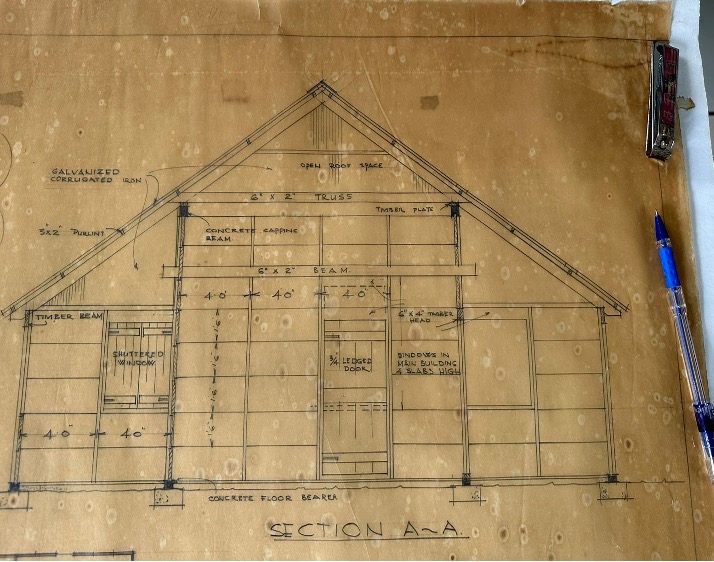
Elevation/Floor Plan of the original houses
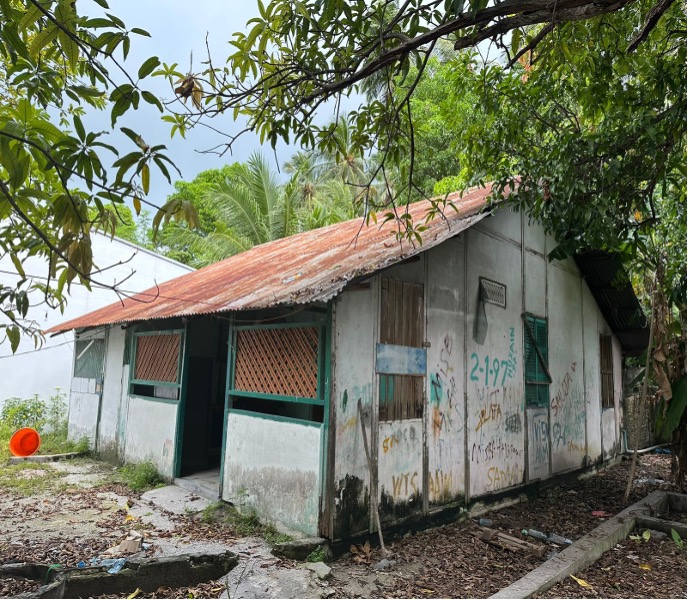
One of the few remaining houses
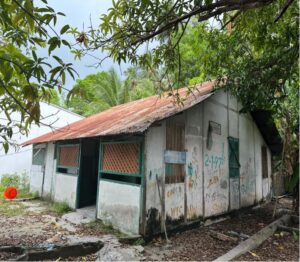
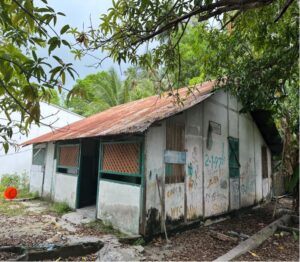
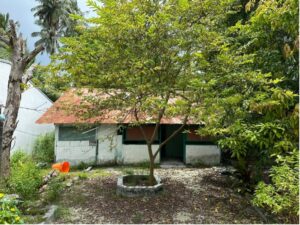
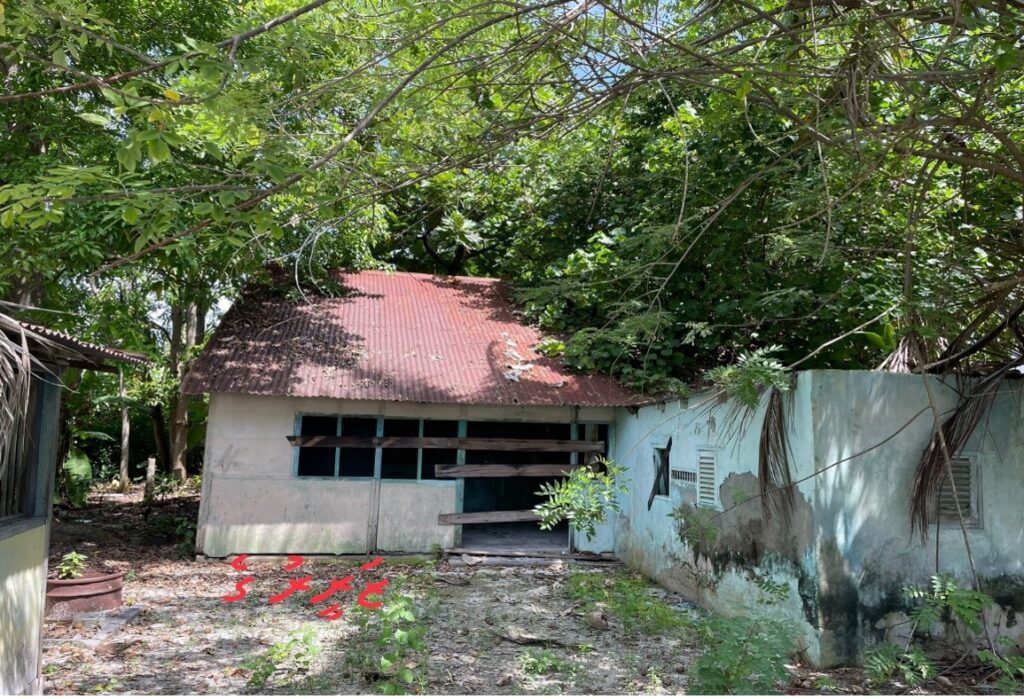
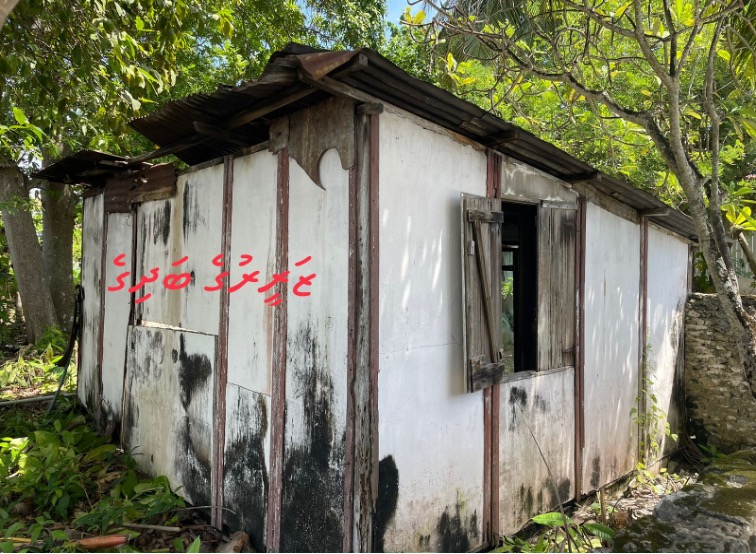
Kitchen
Unique Features of British-Built Houses
The houses were divided into three categories based on size and prior living standards:
- Category I: The largest, featuring front and rear living areas, additional rooms, and larger spaces.
- Category II: Slightly smaller, lacking some of the additional rooms found in Category I.
- Category III: The smallest, omitting back living areas and featuring more compact kitchens.
Each house typically occupied a 5,000-square-foot compound and included:
- Boundary walls (5 feet high).
- A front yard (Medhuvathi), backyard (Ebithe Assen), and covered verandas (Dhoromaithe Assen).
- Interior rooms such as the family room (Medhege), inner room (Etherege), kitchen (Badhige), and bath-shower area (Gifili).
- Two wells: one for drinking water and another for bathing and washing.
- Screeded flooring and light-colored interiors, with white exteriors.
Restoration Plans
We have secured a 5,000-square-foot plot in Feydhoo’s tourism zone to recreate a Bidheysi Ge and its original surroundings. The project will include trees and plants that were staples in the compounds of these homes, such as breadfruit, coconut, banana, and taro plants.
To restore the house:
- Disassembly and Relocation: An agreement has been reached with the owners of one of the last remaining houses to relocate it to the new site. Additional materials will be sourced from two partially damaged houses.
- Reconstruction: The house will be reassembled using original techniques, including traditional coral rock boundary walls and kashiveli (pebbles) for the front yard.
- Modern Additions: Necessary features like electricity, fire safety systems, and rainwater storage will be added to ensure functionality while maintaining historical accuracy in appearance.
Cultural and Historical Significance
The restoration of Bidheysi Ge will preserve a vital part of the Maldives’ history and provide insight into the lifestyles of previous generations. The interior will feature authentic furniture, fittings, and décor reflective of the era, along with photo displays showcasing the history of the island and the atoll.
A New Tourist Attraction
Addu Atoll has struggled to attract significant tourist numbers despite its rich history and skilled population. This project will offer a unique attraction, particularly for UK visitors whose ancestors served at the British bases. It will help bridge cultural connections and highlight Addu’s role in global history.
Future Sustainability
The site will host:
- Traditional Marriage Ceremonies: A venue for Maldivian-style weddings with proceeds dedicated to maintaining the property.
- Authentic Adduvan Cuisine: Limited seating, advance booking, and dishes featuring produce from the compound.
Proceeds from the activities will be used exclusively to maintain the property.
The restoration of Bidheysi Ge is not just about preserving a building; it’s about honoring Addu Atoll’s heritage, fostering cultural understanding, and creating sustainable opportunities for the future. Through this project, the legacy of the Bidheysi Ge will inspire generations to come while contributing to Addu’s tourism landscape.
Annex 1
Trees to be planted to recreate the original environment surrounding houses then.
Breadfruit Tree
The bread fruit tree was not only as an important food source then but also served as the primary nesting, laying egg and nursing place for White Terns which is only found in Addu Atoll. But fast disappearance of such trees (along with other green spaces) means the bird is losing its natural habitat in the Atoll.
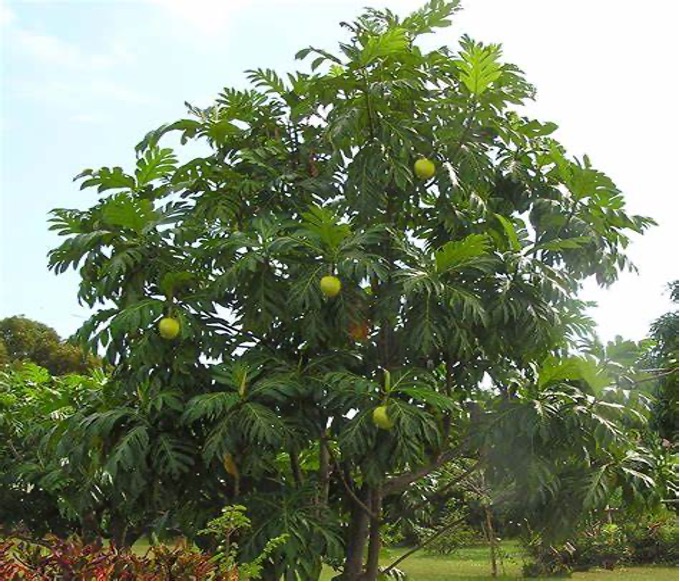
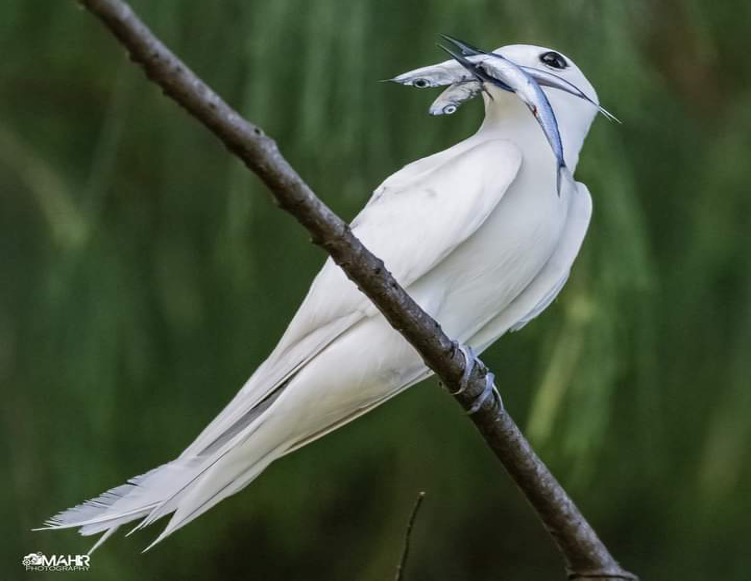
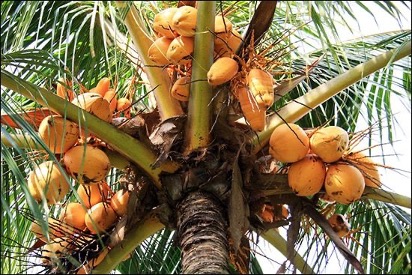
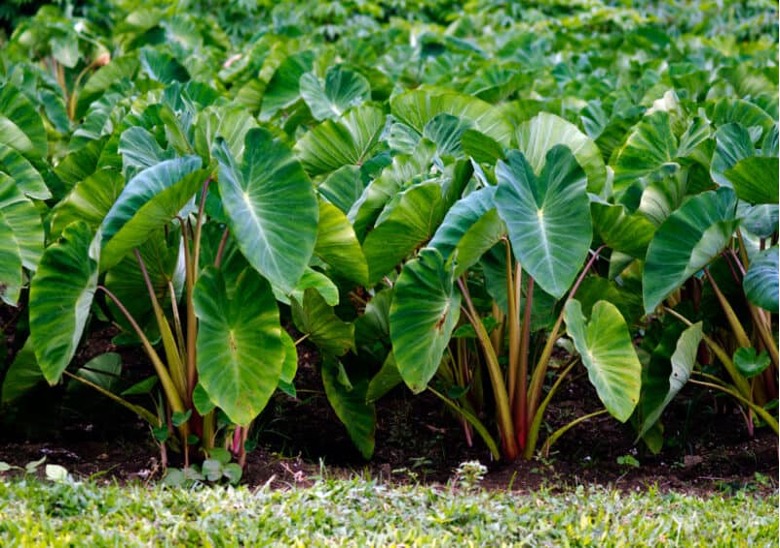
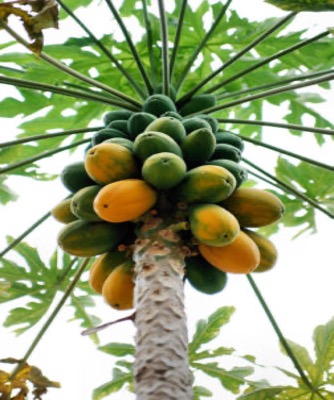
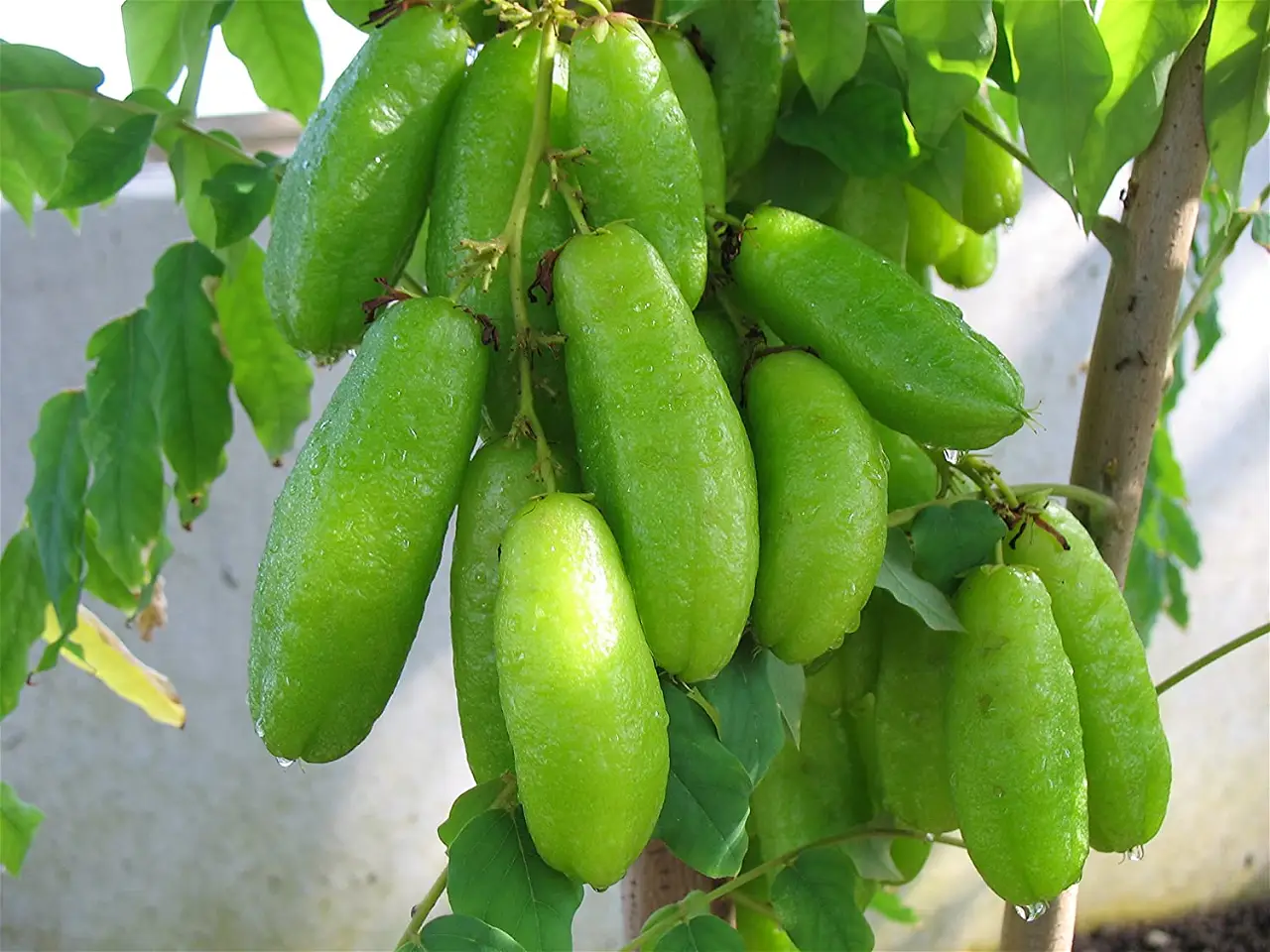
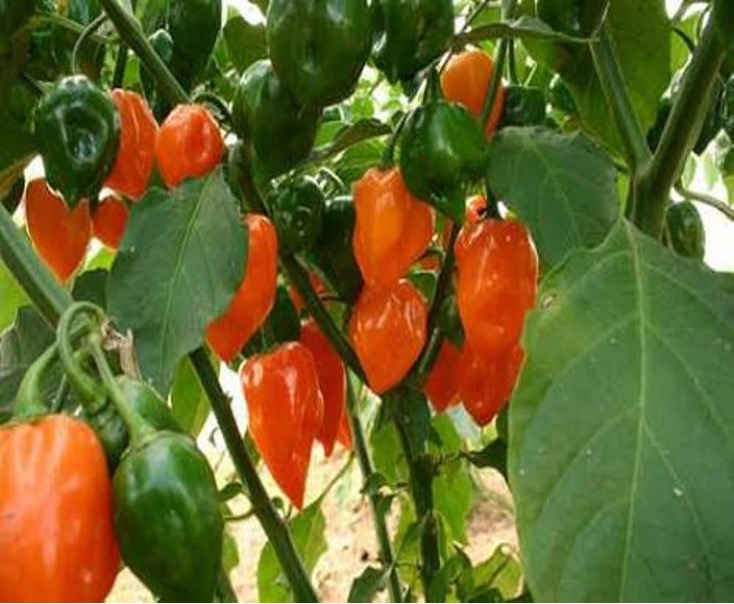
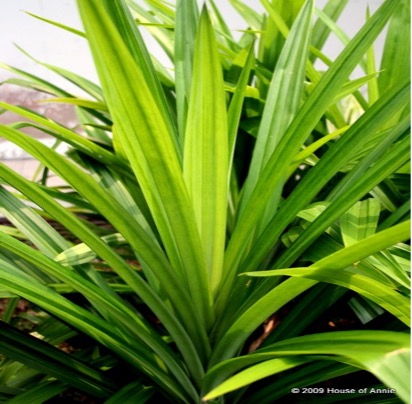
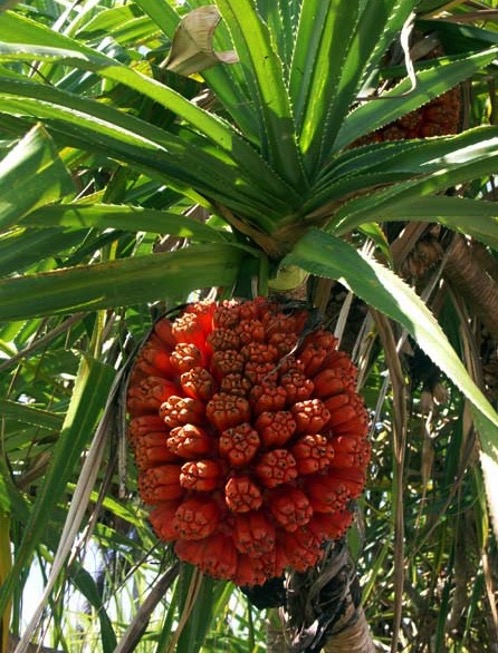
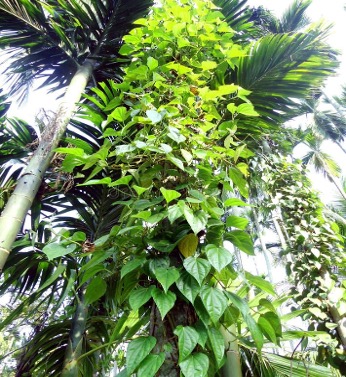
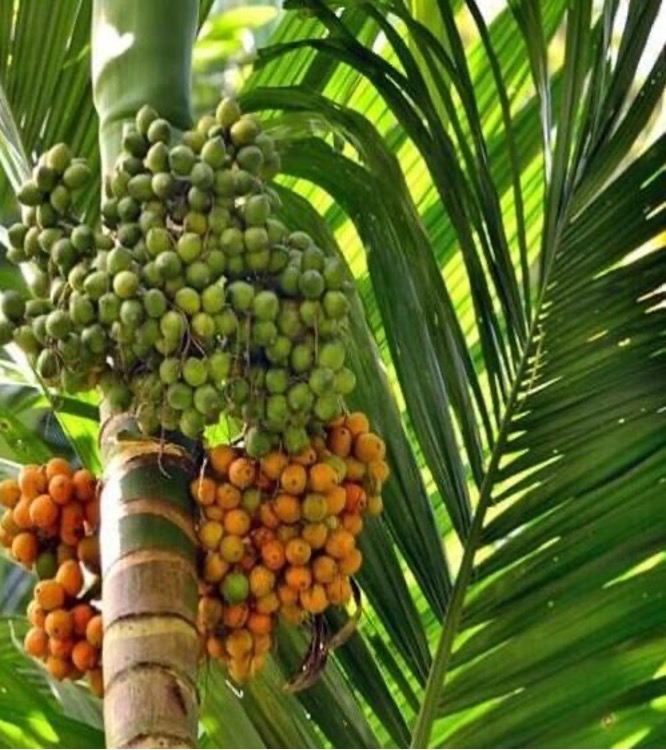
Annex 2 – Furniture and Fittings
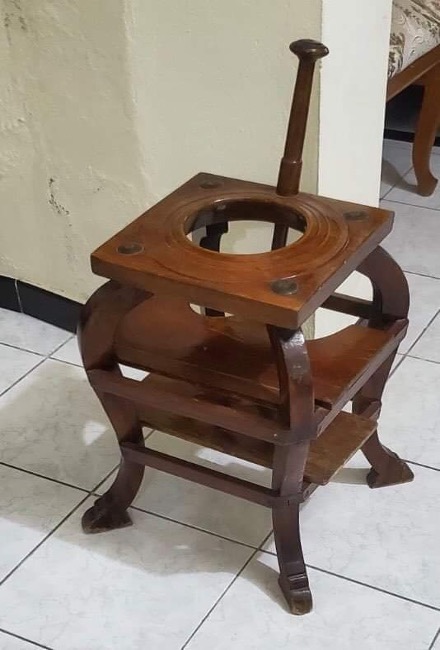
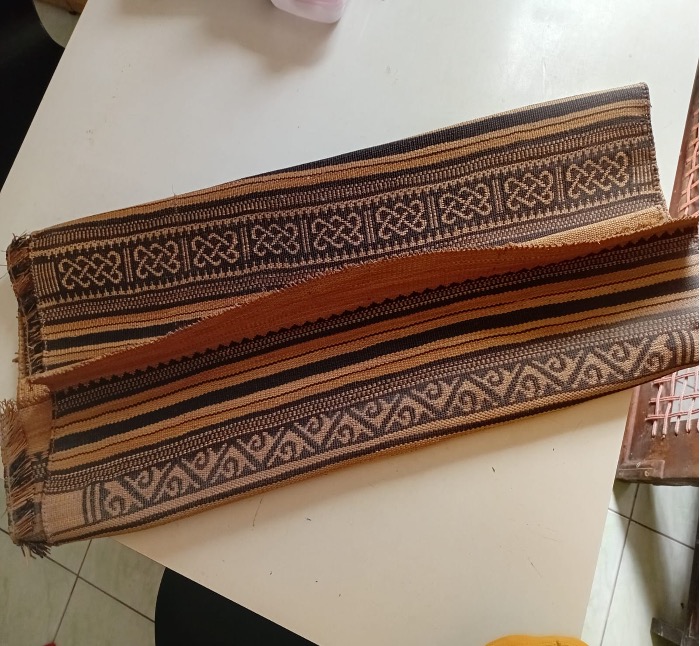
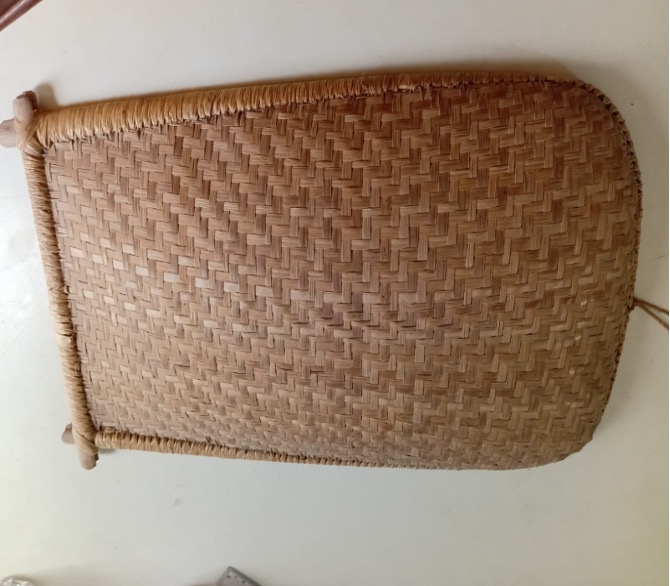
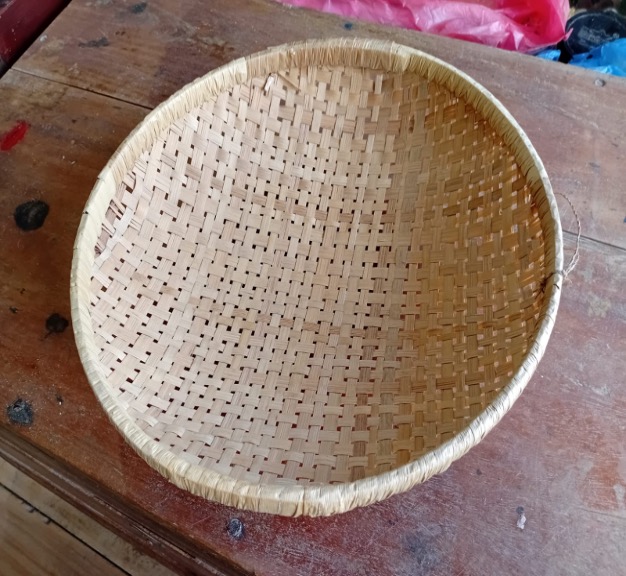
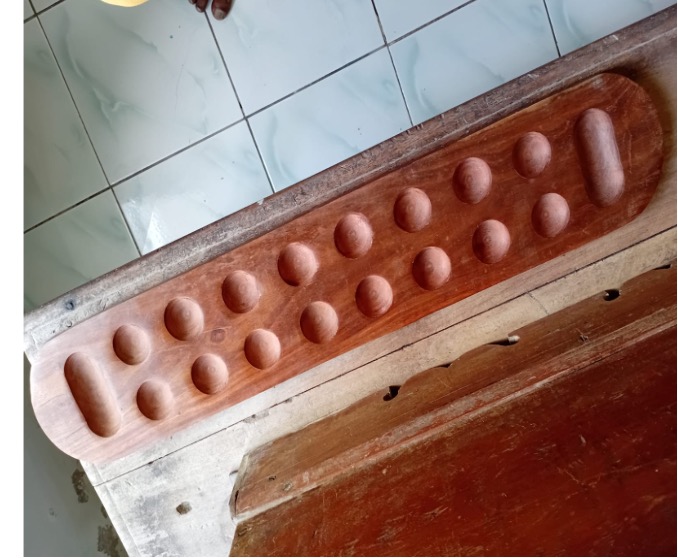
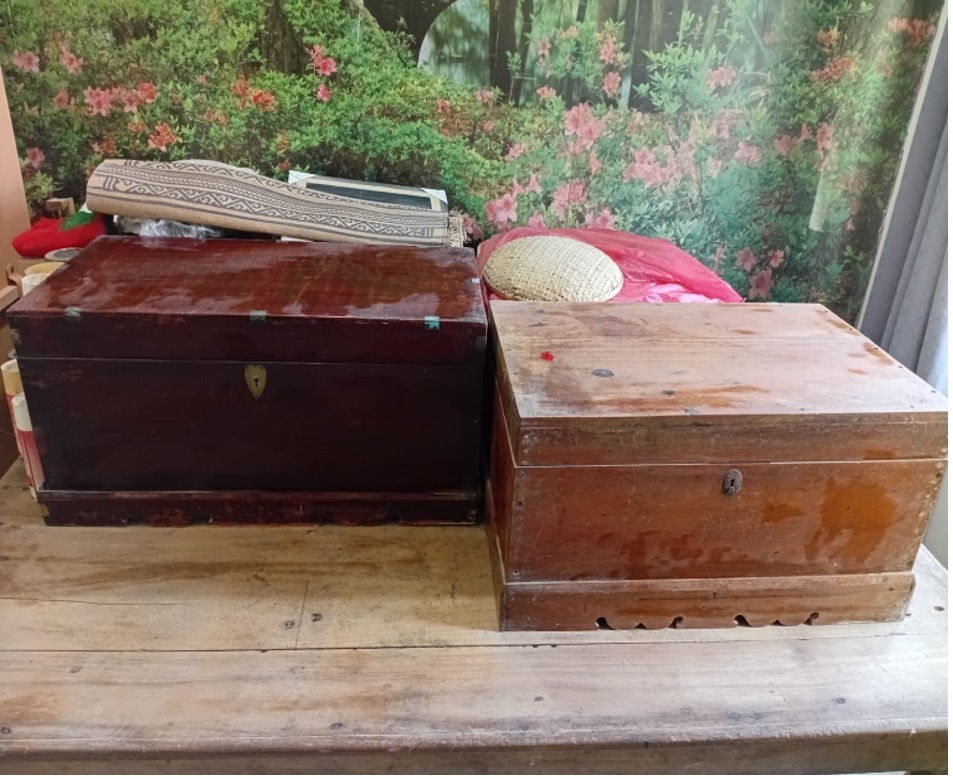
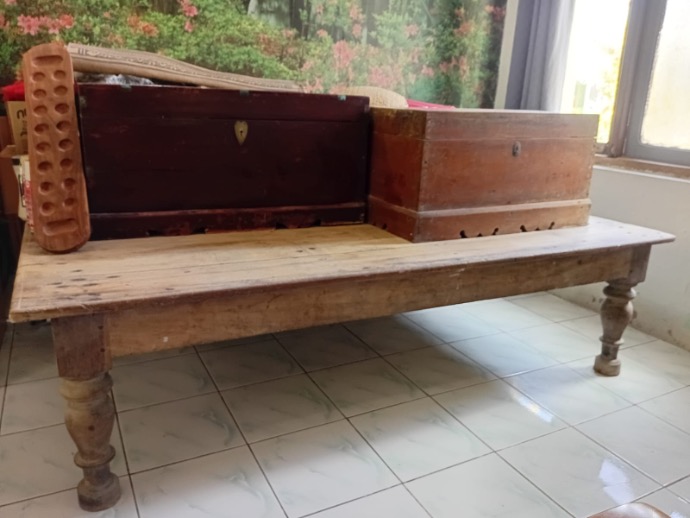
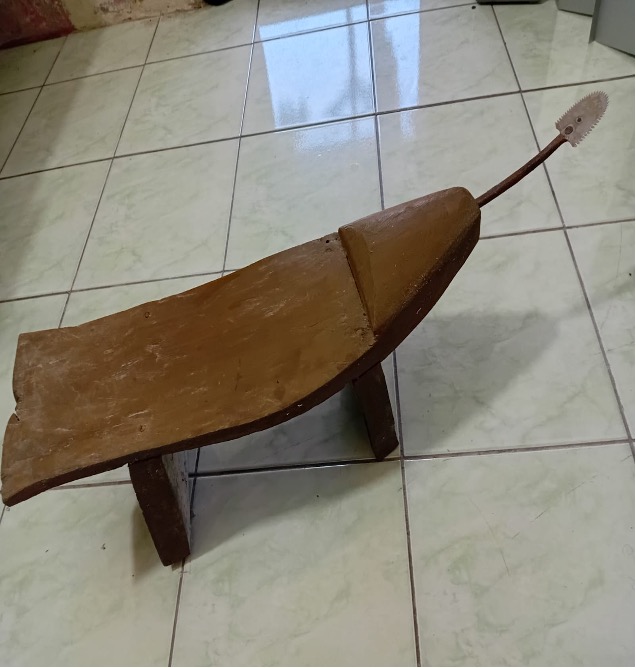
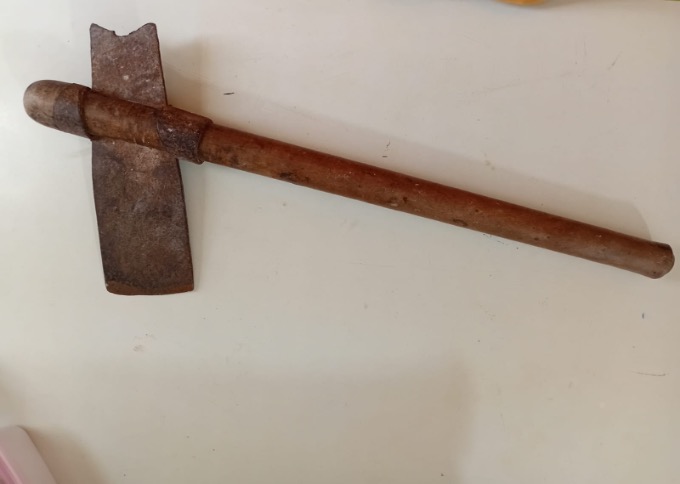
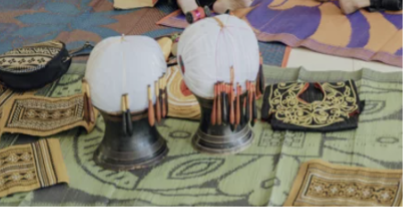
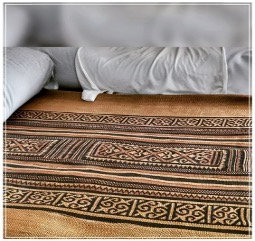
Annex 3 – Work Plan
Disassembling the Old House
Transport to the new site (Pickup/lorry)
Site clearance
Filling up
Boundary wall.
- We will be using recycled beach-coral rocks (ހަތާ) to build the boundary walls. Traditionally it was used in building and construction in place of bricks and wall panels.
- Sourcing and transporting beach-coral rocks (ހަތާ) to the site.
- Cleaning beach-coral rocks (ހަތާ) from dirt and old limestone and other bonding materials.
Assembling the House
Kitchen
Landscaping and plantation
Bath-Shower area (Gifili)
Construction of 2 wells (front yard and bathroom)
Front yard (Medhuvathi)
- Souring used kashiveli (small pebble like beach rocks/stones gathered, sifted and spread on front yards)
- Washing kashiveli.
- Erecting small fences to ensure kashiveli remains on medhuvathi and does not spread to other parts of the compound.
Electrical work
Although houses then did not have electricity, the restored house will have proper electricity. However, the lighting will be such to reflect accurate representation of the old time.
- Electricity is also required for the following services at the site:
- Installation and maintenance of a comprehensive fire and safety system (including fire extinguishers, smoke detectors, fire alarms, fire hose with pressured water),
- CCTV, proper lighting, etc.
- Electrical wiring.
Rainwater storage facility
- Rainwater from the roof will be collected in a storage facility and will be used for watering plants and trees.
Fire alarm
CCTV Camera System
Consultancy (architectural and civil engineering)
Fittings/Furniture
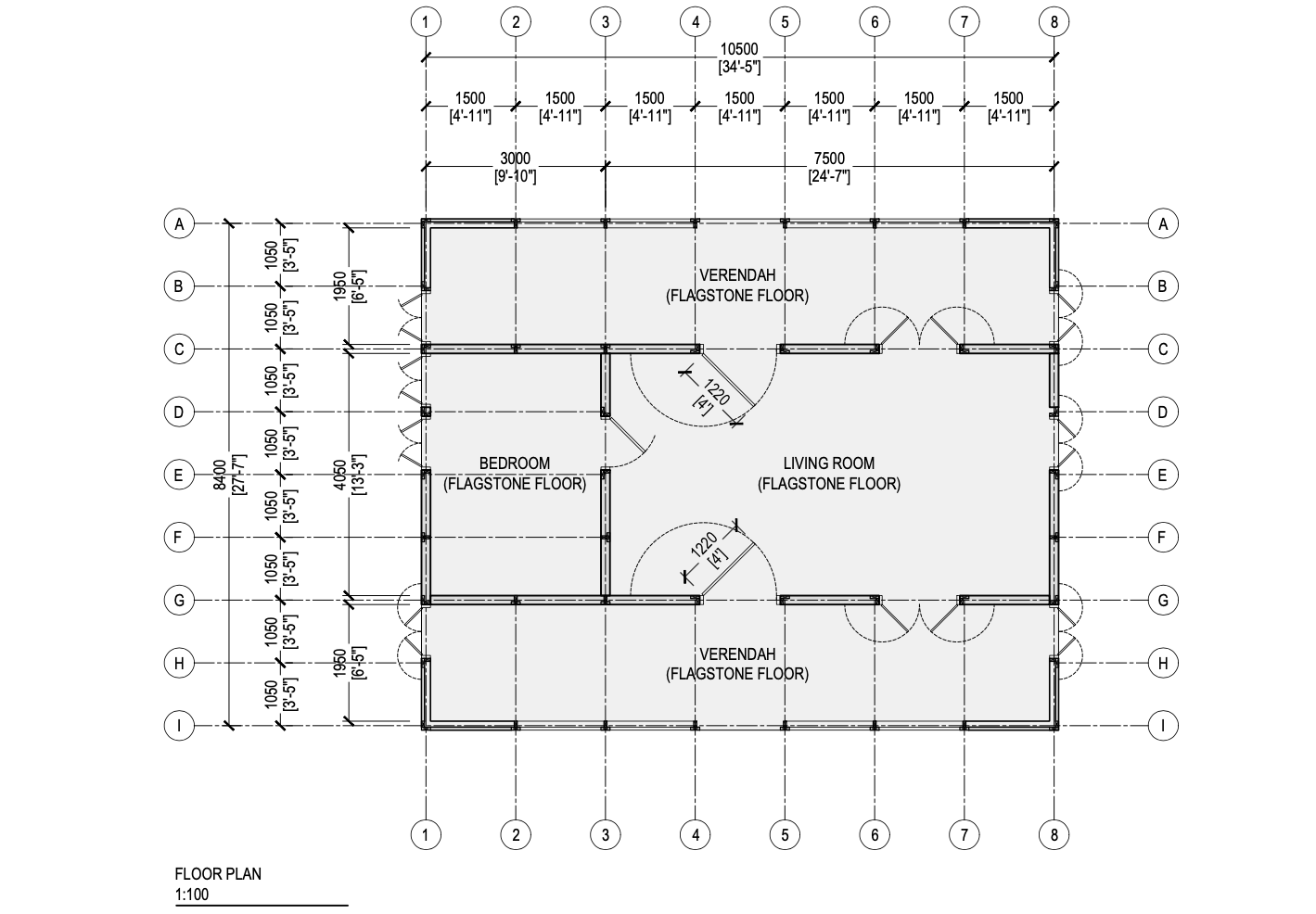
[1] Adduvans referred the British-built houses as “Bidheysi Ge” which literally means “foreign house”.
